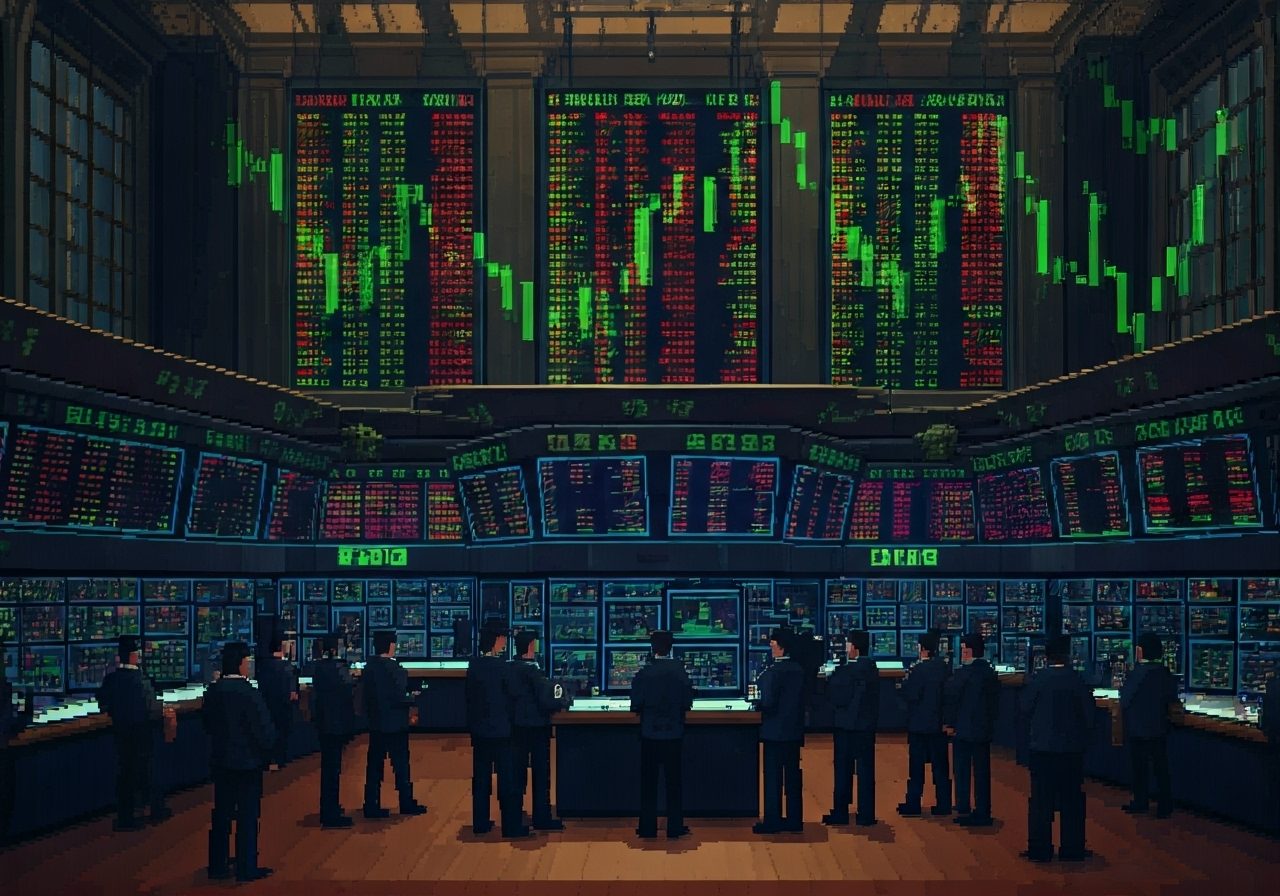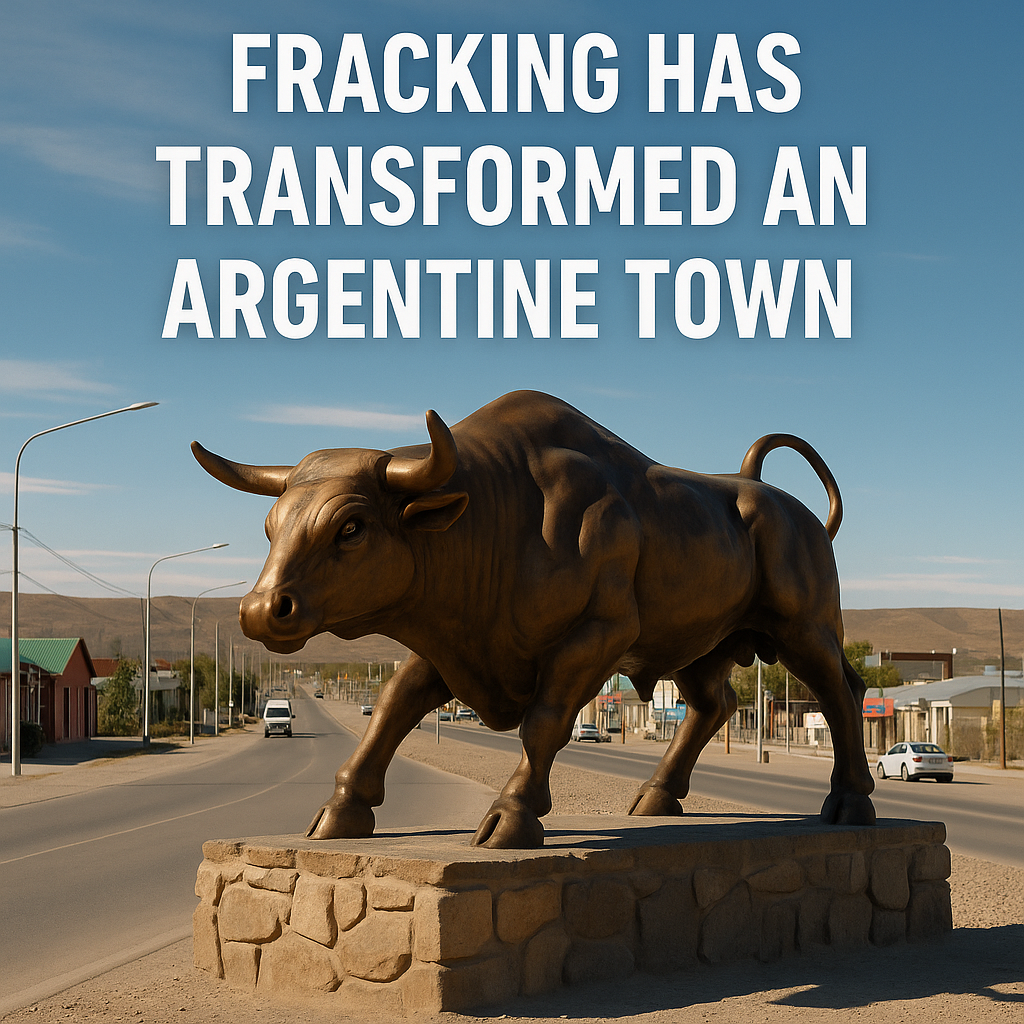
Key Highlights
- The Dow Jones Industrial Average soared 344 points, marking a strong rally spurred by an optimistic June jobs report.
- The S&P 500 and Nasdaq Composite both set fresh record highs following the economic data release.
- Nonfarm payrolls increased by 147,000, significantly surpassing analyst expectations of 110,000 new jobs.
- Wall Street traders dialed back their expectations for imminent interest rate cuts from the Federal Reserve.
- Key sectors, including technology stocks, rallied sharply, with companies like Nvidia and Amazon leading gains.
- Treasury yields spiked as stronger employment figures reduced recession fears, boosting investor confidence.
Introduction
The Dow Jones Industrial Average showed a strong rise on Wall Street. It went up by more than 300 points after a better-than-expected June jobs report came out. This increase shows that investors are feeling good about the market. Big U.S. indices like the S&P 500 and Nasdaq Composite also went up to fresh record highs. Good economic news helped make the stock market stronger, even with the current world issues and changes in Federal Reserve plans. Many people are now looking at what made this rally happen and what the dow jones industrial average, S&P 500, and Nasdaq might do in the coming months.
Overview of the Dow Jones Rally
A notable uptick in the Dow Jones has captured the attention of both institutional and retail investors, reflecting heightened market optimism. The surge, bolstered by strong job data, indicates a potential shift in economic sentiment, with many traders tracking the implications for future interest rate decisions by the Federal Reserve. As market dynamics evolve, numerous stocks listed on the New York Stock Exchange have seen significant volatility, contributing to the rally.
Investors are particularly enthused about the ramifications of the June jobs report, which hinted at robust labor productivity metrics and solid private payrolls growth. This positive economic outlook might prompt even more capital expenditures, propelling the industrial average toward fresh record highs. As analysts weigh in, the overall sentiment remains bullish amidst ongoing discussions around inflation and employment statistics.
Key Drivers Behind the 300-Point Surge
The Dow Jones Industrial Average rose by 344 points after a strong June jobs report came out. The Bureau of Labor Statistics said nonfarm payrolls added 147,000 jobs in June. That number was much higher than the expected 110,000 jobs. Unemployment is now at just 4.1%. This good jobs data gave many people more confidence about the market.
Much of the jump was because investors are rethinking what the Federal Reserve will do next with interest rates. The jobs report made it less likely that the Fed will cut rates right away, showing the labor market is still strong. There is still worry about trade, but these numbers helped the industrial average and other major indices. Many believe this could mean ongoing growth for the economy.
Gina Bolvin from Bolvin Wealth Management called the jobs report “a summer blockbuster.” She pointed out the solid U.S. labor trends, even though there are problems with trade. Rate expectations are changing too. This can be seen with the CME Group’s FedWatch Tool, which says there is only a 4.7% chance of a cut. Now many people on Wall Street are taking a fresh look at what might come next for the market, the jones, and the dow in June.
Brief Recap of Recent Market Performance
The stock market has shown both careful moves and bursts of excitement. Just before June’s jobs report, the Dow Jones Industrial Average was almost at an all-time high. It looked ready to break out. Then, on Thursday, numbers came out strong. This pushed the DJIA even closer to its top level.
The rise was not just in one place. The S&P 500 went up by 0.83% and ended at a record high of 6,279.35. The Nasdaq Composite was also up by 1.02%, finishing the day at 20,601.10. Wall Street did well during the shorter trading week. This showed cautious hope, mostly in bigger investment groups.
Leading sectors were the big tech companies and energy businesses. They helped lift the whole stock market. Still, some experts like Chris Zaccarelli from Northlight Asset Management told people to watch out for the risks. He said the stock market could face trouble if there is bad news. Even with these strong stock gains, the length of time people are out of work still raises doubts about how strong the job market really is.
The June Jobs Report: A Closer Look
The latest employment data released by the Bureau of Labor Statistics highlights significant growth in nonfarm payrolls, surpassing market expectations and boosting economic confidence. With private payrolls reflecting a steady rise, labor productivity metrics indicate that companies are efficiently managing their workforce amid fluctuating interest rates. This robust job market not only sets a favorable tone ahead of Independence Day but also prompts a recalibration of investor sentiment on Wall Street.
Analysts, including Wedbush’s Dan Ives, assert that this data could strengthen the Federal Reserve’s position on maintaining or adjusting interest rate policies. As the stock market reacts positively, the Dow Jones Industrial Average responds with notable gains, reflective of a resilient economy that continually supports capital expenditures and investor engagement.
Highlights From the Latest Employment Data
Thursday’s economic data release showed how strong labor productivity still is. There are good signs of hiring across many sectors. The Bureau of Labor Statistics shared some key numbers for June:
- Nonfarm payrolls went up by 147,000. This was better than the analyst expectations of 110,000.
- The unemployment rate was at 4.1%. This was lower than the expected 4.3%.
- Private payrolls showed moderate growth. That is better than what many thought, as expectations said it would be a weak signal.
- Long-term unemployment is now close to a three-year high.
A few days ago, many people read about a drop in private payrolls from ADP. But now, the federal numbers from Thursday are changing what many investors think will happen next. Economist Jeffrey Roach said that even with trade issues, corporate hiring is still steady. But some private payrolls were not as strong. In the future, trends in government job growth and tariffs may affect labor signals.
How Job Growth Exceeded Expectations?
The June numbers were a surprise for many. Job growth hit 147,000, which was stronger than what people saw in May and December. State government was the main place that added jobs and led the workforce growth.
Analysts say most gains were seen in certain areas. Jobs in healthcare and social fields went up every month. This happened even when the private sector was not steady. Talks on President Trump-era tariffs made things less uncertain, as a 90-day suspension was renewed.
After 2025, people expect to see changes in consumer banking. These changes could strongly affect how the economy acts during layoffs and with figures about how well people work. The mix of these updates keeps some folks hopeful about the fed and the economy.
Impact on Major US Indices

The major U.S. indices went up after the latest jobs report came out. The Dow Jones Industrial Average had a strong jump. On Wall Street, the S&P 500 hit fresh record highs. This showed that people were feeling confident about the market. The Nasdaq Composite also climbed, with tech stocks like Nvidia and Microsoft doing well. They did better as investors liked what they saw in the new jobs numbers. This rise was helped by better private payrolls and lower unemployment rates. These things helped the indices move toward more capital expenditures and new investment chances.
S&P 500 Sets New Record Highs
The S&P 500 reached new record highs, marking a big milestone. This happened after the June jobs report showed strong numbers. The rally shows that there is renewed trust from investors. Positive news from nonfarm payrolls and good labor productivity metrics helped this confidence. People on Wall Street responded in a good way. Traders are keeping an eye on changes in capital expenditures and what companies say about future earnings. Big companies like Microsoft and Nvidia played a major role in pushing the market up. This shows that there is still strong demand for stocks in the current economy.
Nasdaq’s Reaction to Positive Economic News
A strong set of numbers from the June jobs report made the Nasdaq Composite rise sharply. The report showed that nonfarm payrolls were strong, and more people had jobs because the unemployment rate went down. Because of this, tech stocks got a big boost. Companies like Nvidia and Microsoft went up in value as more investors felt good about the market. This new rise shows that the tech sector is strong. It also makes Wall Street keep a positive view, as traders react well to these signs that the economy is getting better.
Sector Performance After the Jobs Report

The jobs report came out, and this set off moves across different sectors. The clear winner here was technology stocks. These stocks went up fast. Strong earnings and a lot of excitement from investors pushed this growth. Many people looked to companies such as Hewlett Packard Enterprise and Nvidia. They got a lot of attention because of all the market action there.
At the same time, the financial sector and the energy sector did not move as quickly. Their rise was slower. Oil prices went up and down, and talk about interest rates also played a part.
Excitement spread to Wall Street, and many put more money toward capital expenditures. This shows that even now, many still feel hopeful about where the stock market is going, as the economy tries to bounce back.
Technology Stocks Lead the Gains
The jump in technology stocks after the strong June jobs report has been big. Many top companies like Nvidia and Microsoft saw high gains. The good feelings around labor productivity metrics and the unemployment rate have given investors more energy. This sent the Nasdaq composite to fresh record highs. Many traders now watch free cash flow and capital expenditures closely. Stocks such as Cadence Design Systems and Hewlett Packard Enterprise have done really well in this positive market. This shows the tech sector can stay strong, even if the economy goes up and down.
Financial and Energy Sectors Respond
A strong jobs report made changes happen fast in the financial and energy sectors. Many people saw gains in financial stocks because these are sensitive to interest rate news. Investors now think the Federal Reserve might make cuts to rates. There is hope because the Bureau of Labor Statistics showed dropping unemployment and strong private payrolls.
Energy stocks went up too. Oil prices rose after this report came out, and that means there is more demand. The link between better economic numbers and these sector gains has made people on Wall Street feel more sure about the future.
Federal Reserve Policy Outlook
There is a lot of expectation around what the Federal Reserve will do next, as traders watch the economy and wonder about changes to interest rates. The June jobs report shows that there was strong growth in private hiring, and the unemployment rate is now lower. Because of this, people are thinking about whether the Fed may cut interest rates in the future. Wedbush analyst Dan Ives has said that the Fed might focus on keeping the economy stable. The Fed may look at labor productivity metrics and capital expenditures, and decisions about these things can affect the mood of the market.
Market Sentiment on Interest Rate Cuts
There is a lot of good feeling right now on Wall Street. People in the market are looking at the latest jobs report and trying to see what it means. Many think that if there is a strong rise in nonfarm payrolls, the Federal Reserve could start to think about interest rate cuts. This is something that can help customers feel better and spend more money. Right now, investors are keeping a close eye on labor productivity metrics. They know that if rates go down, it could lead to more capital spending and help different parts of the economy grow.
This mood can be seen in the major stock market indices. Many expect that if it costs less to borrow money, there will be more energy in the stock market, and the trend could keep going up. People are watching to see how the Federal Reserve responds to nonfarm payrolls, labor productivity metrics, and capital expenditures.
Analyst Insights Into Future Fed Decisions
Analysts on Wall Street are watching different macroeconomic signs to see what the Federal Reserve will do with interest rates. The June jobs report shows strong job growth. This could make the Fed think about being tougher with interest rates. Wedbush analyst Dan Ives and other experts see a chance for rate cuts if the economy stays strong. These views match what we see in private payrolls and labor productivity metrics. All of this shows that the central bank wants to help the economy keep growing.
Investor Sentiment and Trading Trends
Recent trading shows a clear change in how investors feel after the positive June jobs report. Large investors, who are often careful with risk, are now showing more interest in the market. They are getting ready and making new moves as they see more hope around. At the same time, smaller investors are looking for chances to profit from ups and downs in the market. They are feeling sure about possible big growth, especially in the tech and finance areas.
Many people are using platforms like Robinhood to jump into the action. These traders are making the most of the market rally, focusing on stocks tied to strong private payrolls and big plans for capital expenditures.
Institutional vs. Retail Investor Behavior
Recent trends show that institutional and retail investors are acting in different ways after the positive jobs report. Institutional investors, who use algorithms and other advanced tools, moved quickly in the stock market. They had a big effect on the Dow Jones Industrial Average and other major indices like the Dow. On the other hand, most retail investors using apps like Robinhood act in a more speculative way. They often just react to the daily news instead of thinking about long-term changes or the main facts. This shows the clear split in how these groups make choices with their money and how they look at risk in the Jones and the rest of the stock market.
Most Active Stocks Following the News
There was a lot of action in the stock market after the June jobs report. Big tech names like Microsoft and Nvidia stood out. Both of these groups showed strong free cash flow, and they did well even as the economy changed. Juniper Networks and Hewlett Packard Enterprise got a lot of attention too. More people traded on the New York Stock Exchange after the report, showing how much it mattered to investors.
Conclusion
There has been a strong comeback in the Dow Jones Industrial Average, thanks to good news from the recent June jobs report. This rise gives a good sign for Wall Street and the whole stock market. It helps boost investor trust before trading starts in July. The way labor productivity metrics and what investors feel about the market connect is important right now. Traders will need to keep a close eye as the market keeps changing. What the Fed does next will play a big part in shaping the future of the financial world.




